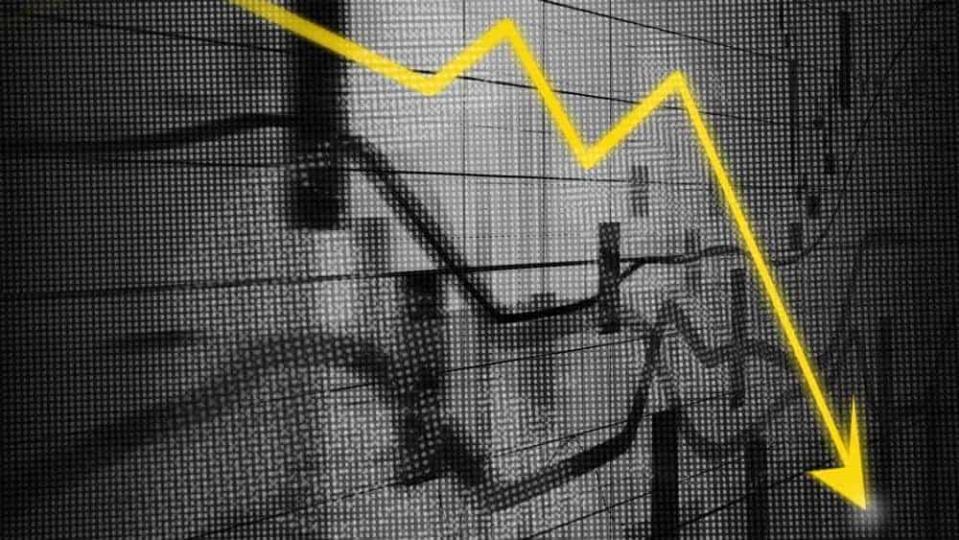Stock Market Crash 2.0 Is Here: 2 Top Stocks to Buy

A high-level look at the new cases of the novel coronavirus in Ontario gives a sample of the pandemic situation. Today, the province is reporting 425 new cases, of which, 67% were under the age of 40.
In the early months of the pandemic, seniors were believed to be more susceptible to the virus. Perhaps that led to some people in the younger age groups to take the virus lightly and disregard social distancing and mask wearing, which led to the higher numbers in the groups.
Vaccines aren’t a silver bullet. Additionally, it could take longer than expected to develop effective ones. Canada just signed an agreement with VBI Vaccines to contribute roughly 75% of the company’s development cost in creating a potential COVID-19 vaccine by 2022.
With the number of global cases having passed the 31.1 million mark and a death rate of more than 3%, we can’t be too careful.
The stock market is down about 5% in the last month. This can be the start of the coronavirus stock market crash 2.0, following the crash in March.
To better secure you and your family’s financial future, investors should seek to invest in resilient stocks that have staying power. It would also help to get decent returns from dividends irrespective of the market volatility.
Here are two top stocks to buy in this market crash.
Stock market crash: Buy Bank of Nova Scotia
Bank of Nova Scotia (TSX:BNS)(NYSE:BNS) has underperformed its big Canadian banking peers due to its exposure to resource-rich geographies other than Canada. As the world experiences an economic contraction in the near term, energy demand is expected to be lower.
However, the quality bank has what it takes to weather this economic downturn. It’s awarded an S&P credit rating of A+. Moreover, Scotiabank last reported a common equity tier one capital ratio of 11.3% at the end of July, which is strong, despite being slightly below the Big Six Canadian banks’ average of 11.77%.
Just like its peers, BNS stock’s payout ratio will be higher than normal. The ratio can hit 70% this year. Nevertheless, it should be able to sustain its dividend. Moreover, the payout ratio will improve as the macroeconomic strengthens.
At the current valuation, trading at $53 and change per share, the bank stock is already massively discounted by about 35% from normal levels and offers a competitive yield of 6.7%. These two factors should keep the stock more resilient in a second market crash.
Buy Brookfield Renewable in a market crash
Brookfield Renewable Partners (TSX:BEP.UN)(NYSE:BEP), or the corporation version, Brookfield Renewable Corp. (TSX:BEPC)(NYSE:BEPC), will continue to ride on the secular growth trend in the shift to renewable energy.
BEP stock is essentially trading at an all-time high, as it spun off the corporation shares at the end of July, which was analogous to a 4:1 stock split for BEP shareholders who still hold both shares of BEP and BEPC since before the spinoff.
Brookfield Renewable has a diversified portfolio of hydro, wind, solar, distributed generation, and power storage assets. Combining organic growth, improved operational efficiency, and new investments, the company expects to grow its funds from operations by 6-11% per year. This should, in turn, lead to cash distribution growth of at least 5% per year.
The stock is super defensive. Right now, at $60 per share, it offers a 4.3% yield but is fully valued. If a market crash causes a 15-30% correction in the stock, interested investors should load up shares.
The post Stock Market Crash 2.0 Is Here: 2 Top Stocks to Buy appeared first on The Motley Fool Canada.
More reading
Fool contributor Kay Ng owns shares of The Bank of Nova Scotia. The Motley Fool recommends BANK OF NOVA SCOTIA.
The Motley Fool’s purpose is to help the world invest, better. Click here now for your free subscription to Take Stock, The Motley Fool Canada’s free investing newsletter. Packed with stock ideas and investing advice, it is essential reading for anyone looking to build and grow their wealth in the years ahead. Motley Fool Canada 2020

